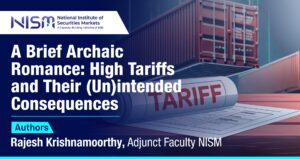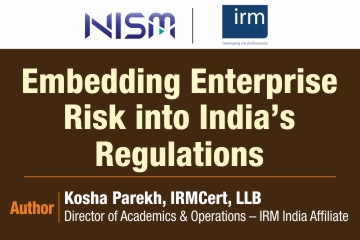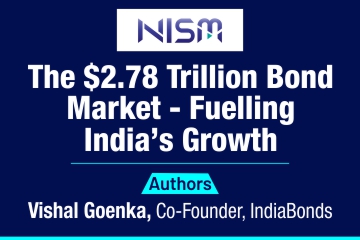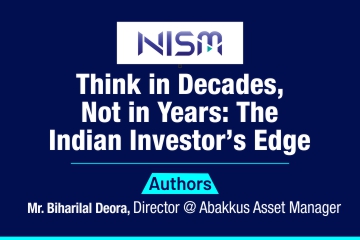
Student “Sir, what does constant tinkering of Tariffs lead to?”
Teacher “A Quirky History Lesson in Self-Inflicted Trade Wounds!”
Synopsis: If history has been a great teacher, then, what it shows is repeated meddling with tariff levels – even modest adjustments – has consistently backfired. It has inflicted sharper downturns in global trade and growth than any possible short-term protective benefit might justify.
In June 1930, the United States enacted the Smoot–Hawley Tariff Act, raising average import duties by about 20 percent atop a preexisting 40 percent burden. What followed was not a patriotic bulwark for American farmers, but a 66 percent collapse in world merchandise trade between 1929 and 1934, as 25 nations retaliated in kind and global commerce plunged into a dramatic free-fall.
Global tariff levels have shrunk to roughly 2.6 percent, as reported by the World Trade Organization (WTO), after decades of incremental tinkering and liberalization. That slender remainder of duty seems innocuous – until one recognizes that even these small rates can rock the global economy. Staring at 100+% tariffs, my mind is reminded of the idiom – from Titanic to Tugboat!
So what has been the Empirical Verdict? In short, small tariff hikes, big growth slumps!
Modern macroeconomic studies confirm a chilling causal link. An increase of 3.6 percentage points in applied tariffs—roughly a one-standard-deviation shock—leads to about a 0.4 percent reduction in GDP five years later, with effects compounding year after year. In an era when global GDP growth hovers near 3 percent, shaving off nearly half a percentage point is no trivial matter.
In a recent release, the International Monetary Fund (IMF) shed light that steep tariff volatility—characterized by abrupt hikes and the threat of further retaliation—inflicts an immediate drag on business confidence, stalling investment and dampening world growth projections by 0.8 percentage points.
What seems “strategic” seems sheer folly! The logic behind tariff tinkering is often “targeted protection”: shield this industry, trigger retaliation there, leverage negotiations elsewhere. Yet history shows such maneuvers rarely achieve their narrow goals. Let us be reminded of the Smoot–Hawley Act of 1930. Aimed at aiding agriculture, it ultimately devastated U.S. exports (down two-thirds to Europe by 1932) and plunged banks into insolvency. Recent U.S. moves, which prompted this column, propelled the effective tariff rate from under 3 percent to above 100 percent, the highest since the Great Depression. When it was 20 percent, short-term front-loading spiked trade volumes, but the rebound has proven illusory, sowing recessionary risks worldwide. There is the added danger of piecing out exemptions. These temporary carve-outs for key sectors merely shift uncertainty; once exemptions expire, global supply chains buckle under renewed duty burdens.
At the end of the day, triggered by policy uncertainty, firms delay investment stunting innovation and job creation. Then there is fragility in the global supply chain; forcing costly rerouting, inventory gluts, and idled capacity. From the home country perspective, (i.e. the one imposing tariffs), while some jobs might gain short-lived protection, the net effect erodes efficiency and consumer welfare, as tariffs inflate prices on imported inputs and final goods. Ultimately it will lead to deadweight losses. And what about the world? Well, you just sounded the global retaliation bugle! An eye for an eye, tariff hikes invite symmetrical reprisals. The more the world breaks out the tax wrenches, the more growth stalls.
This leads me to an Ironic Prescription: Stability Over Spikes
If our goal were to nurture sustained global trade and buoyant growth, history and data converge on a single prescription: minimize tariff tinkering. Constant adjustments, even if well-meaning, undermine the very market confidence and integration that generate prosperity. We encourage people to look at longer term horizons when it comes to personal financial planning; like retirement planning. In investment planning, we encourage people to come out of the short term trader mentality and embrace a logical and workable asset allocation that delivers over time. World leaders have to think in similar lines for the whole world! Empirical studies across fifty years and 150 countries
find that lower, predictable tariffs foster higher growth and productivity. The IMF went on record with adequate proof that removing or stabilizing tariff schedules can erase recession risks more effectively than occasional protectionist bursts. We all know that trade liberalization will lead to increased economic efficiency. A Cambridge University paper presented a pertinent point that I gleefully add to my prescription: Equitable Liberalization: This term implies a proactive and balanced approach to globalization. It recognizes that while trade liberalization offers potential economic benefits, some sectors or communities may face job displacement, wage pressure, or other negative
consequences. Equitable liberalization emphasizes the importance of accompanying trade reforms with measures that address these negative impacts and promote fair outcomes for all citizens.
I am THOR! Well, not really! Reinventing the tariff wheel every few years might feel like wielding a mighty policy hammer—but experience shows it’s usually just nailing the global economy’s coffin. A world trading system thrives not on protectionist jolts, but on the steady hum of low, predictable duties. In practice, the secret to winning at global trade is not constantly rewriting the rules, but leaving them alone. That, more than any highfalutin strategic tariff play, is the one change the data—and centuries of commerce – demand.
______________
Rajesh Krishnamoorthy is an Adjunct Faculty at the National Institute of Securities Markets (NISM) and an Independent Director. Views expressed here are personal opinions.
Author: Rajesh Krishnamoorthy, Adjunct Faculty NISM

When people hear the term “risk management,” they often associate it with financial markets, insurance, or corporate governance. In…

As India charts its course towards Viksit Bharat, by 2047, the sophistication and depth of its financial markets are paramount.…

As investors, we often judge performance on monthly (MoM), Quarterly (QoQ) and year-on-year (YoY) statistics. It feels natural to look…
© 2025 National Institute of Securities Markets (NISM). All rights reserved.